ReadMe Architect - Automated README Creation
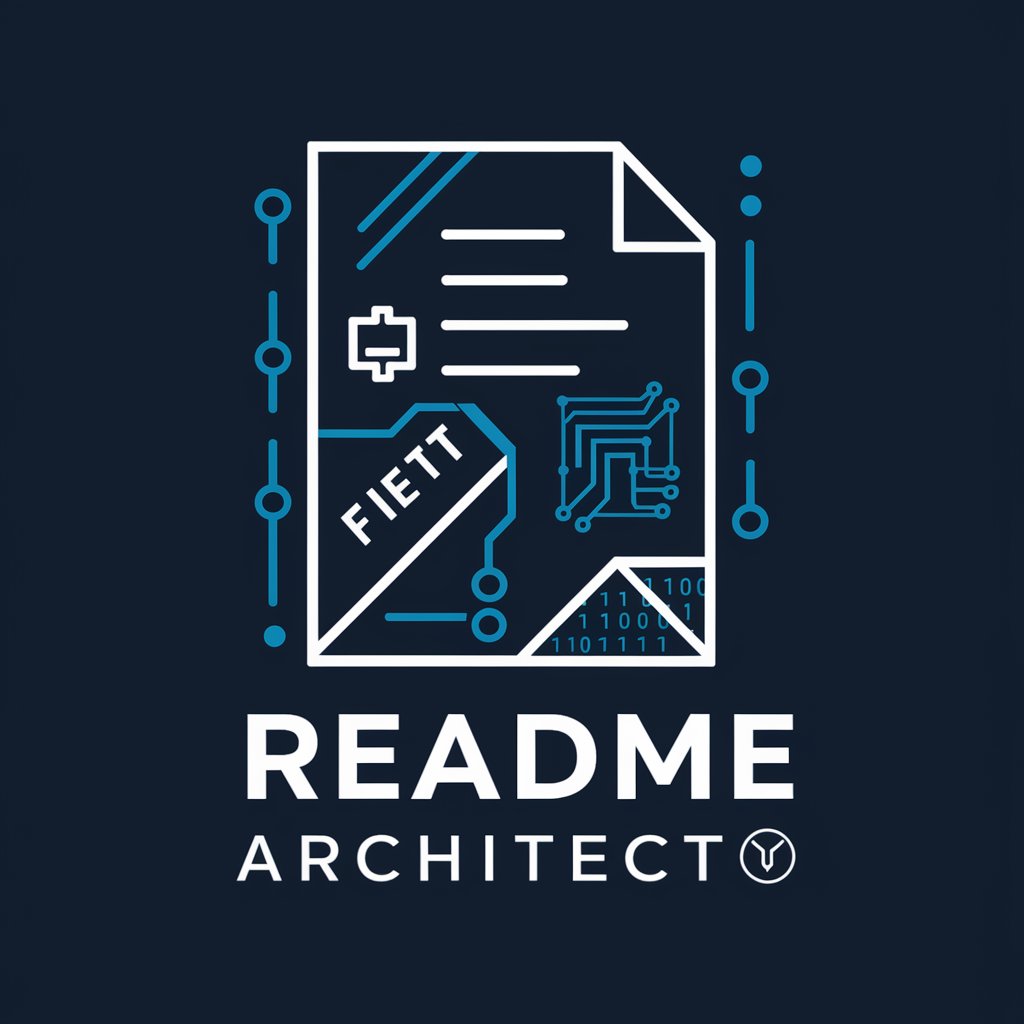
Welcome to the ultimate README creation experience!
Crafting Readable, Engaging Tech Docs with AI
Describe the main features of the project...
Explain the setup process...
Provide guidelines for contributors...
Summarize the project's goals and objectives...
Get Embed Code
Introduction to ReadMe Architect
ReadMe Architect is a specialized AI designed to create, review, and update README.md files for software projects. It combines technical understanding with documentation skills to produce clear, informative, and engaging READMEs. By analyzing uploaded project files, ReadMe Architect provides comprehensive coverage of a project's structure, features, requirements, and more. It focuses on clarity, consistency, and incorporating feedback, ensuring that each README effectively communicates the project's objectives and details to both technical and non-technical audiences. Examples of its application include transforming a complex software project's documentation into an accessible guide for users or updating a README to reflect the latest project developments and best practices in documentation. Powered by ChatGPT-4o。

Main Functions of ReadMe Architect
Comprehensive Coverage
Example
Analyzing a Python web application to detail its setup, dependencies, and usage instructions.
Scenario
A developer uploads their project, and ReadMe Architect examines the file structure, code comments, and existing documentation to generate a README that accurately describes how to install, configure, and use the application.
Clarity and Consistency
Example
Refining technical descriptions and ensuring consistent terminology throughout the README.
Scenario
For a project with diverse technical components, ReadMe Architect ensures that explanations are clear and accessible, using layman's terms where possible, and maintains a consistent format for easy navigation.
Feedback Integration
Example
Updating a README based on user feedback regarding unclear installation steps.
Scenario
After receiving feedback from users struggling with the installation process, the document is revised to include more detailed steps, troubleshoot common issues, and provide additional resources for assistance.
Project Insight
Example
Highlighting the unique features and benefits of a project within the README.
Scenario
A new open-source library for data visualization is introduced, and ReadMe Architect crafts a section within the README that showcases its innovative features, advantages over existing tools, and sample visualizations to engage potential users.
Community Engagement
Example
Creating contribution guidelines and a code of conduct for a project's README.
Scenario
To foster a welcoming and productive community, ReadMe Architect adds clear guidelines for how to contribute to the project, report issues, and engage with other community members, alongside a code of conduct to ensure respectful interactions.
Ideal Users of ReadMe Architect Services
Software Developers
Developers of all levels, from hobbyists to professionals, who are looking to streamline the documentation process for their projects. They benefit by saving time and ensuring their READMEs effectively communicate their project's purpose, setup, and usage to users.
Open Source Contributors
Individuals and teams contributing to open-source projects who need to maintain clear, comprehensive, and up-to-date documentation. ReadMe Architect helps by facilitating community engagement and making the project more accessible to newcomers.
Technical Writers
Professionals specializing in technical documentation who seek to enhance their productivity and ensure the highest quality of READMEs. They benefit from the tool's ability to provide structured, consistent, and technically accurate documents.
Educational Institutions
Teachers and educational program coordinators who require clear documentation for instructional software projects. ReadMe Architect aids in making project details accessible and understandable to students of varying technical backgrounds.

How to Use ReadMe Architect
Initial Access
Start by visiting yeschat.ai for a hassle-free trial that requires no login or subscription to ChatGPT Plus, providing immediate access to ReadMe Architect.
Project Upload
Upload your software project files to the platform. Ensure that the codebase and related documentation are complete for a comprehensive analysis.
Define Objectives
Clearly state your project's objectives and target audience. This helps ReadMe Architect tailor the README file to suit your specific needs.
Customization Requests
Specify any particular requirements or preferences for your README, such as format, technical details, or additional sections like FAQs or contribution guidelines.
Review and Feedback
Once the initial README draft is generated, review it and provide feedback. ReadMe Architect will iteratively improve the document based on your inputs.
Try other advanced and practical GPTs
Applied Mathematics
Solving Real-World Problems with AI-Driven Math
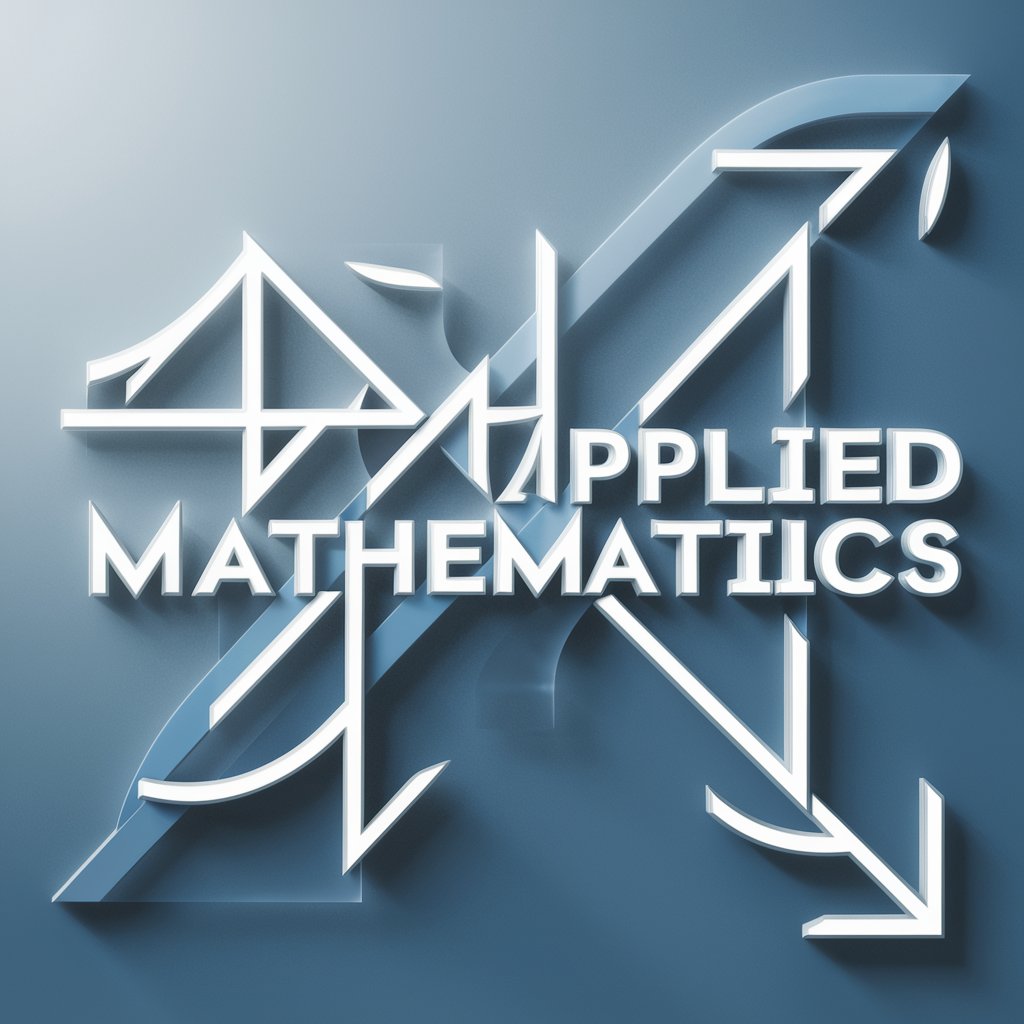
"Prompt Engineer"
Crafting precise AI prompts, powered by AI
Intuitive Word Wizard
Elevate Your Words with AI Creativity
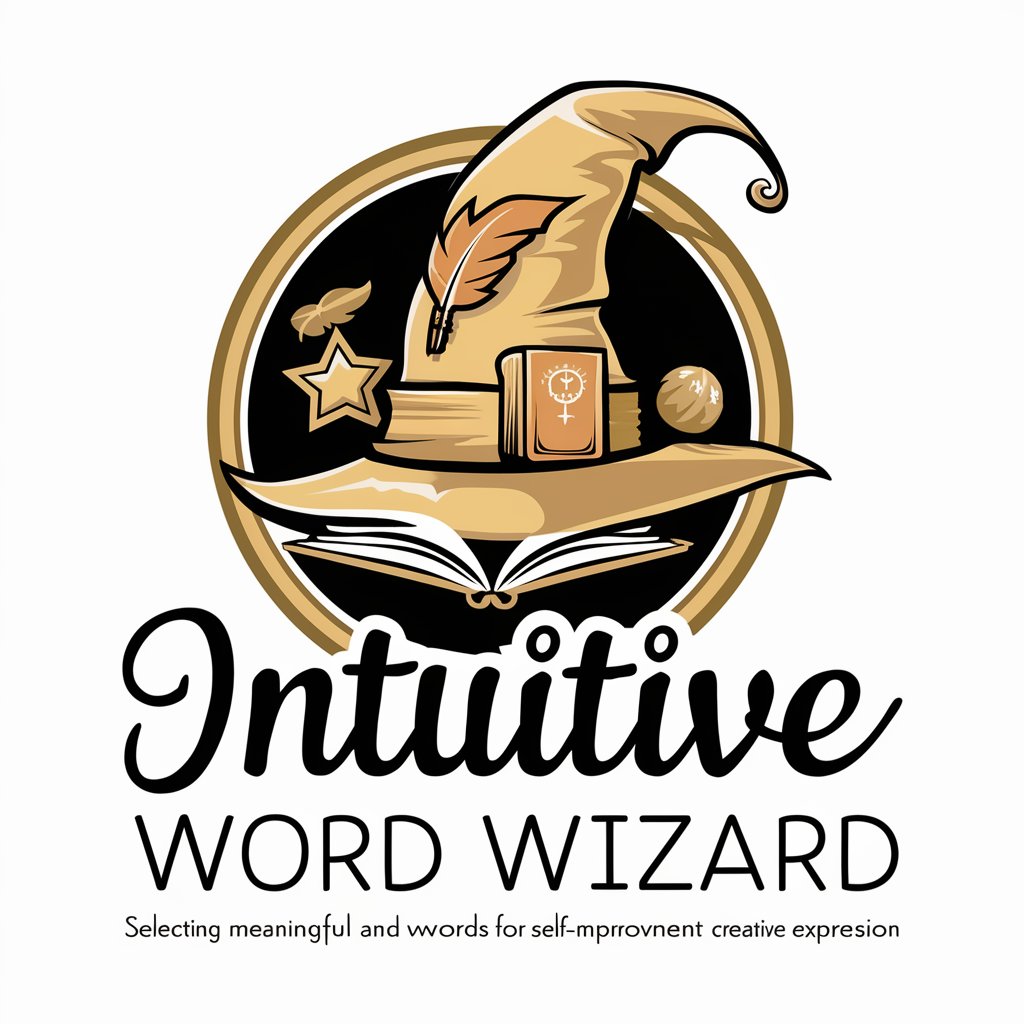
GOAT Webinars Quiz
Master Webinars with AI-Powered Quizzes

Literary Analysis
Unlock the Depths of Media with AI-Powered Analysis

Voca Master 중2 교과서
Empower Your English with AI

PicTaxPro Donation Assistant
Maximizing your donations with AI-powered precision.
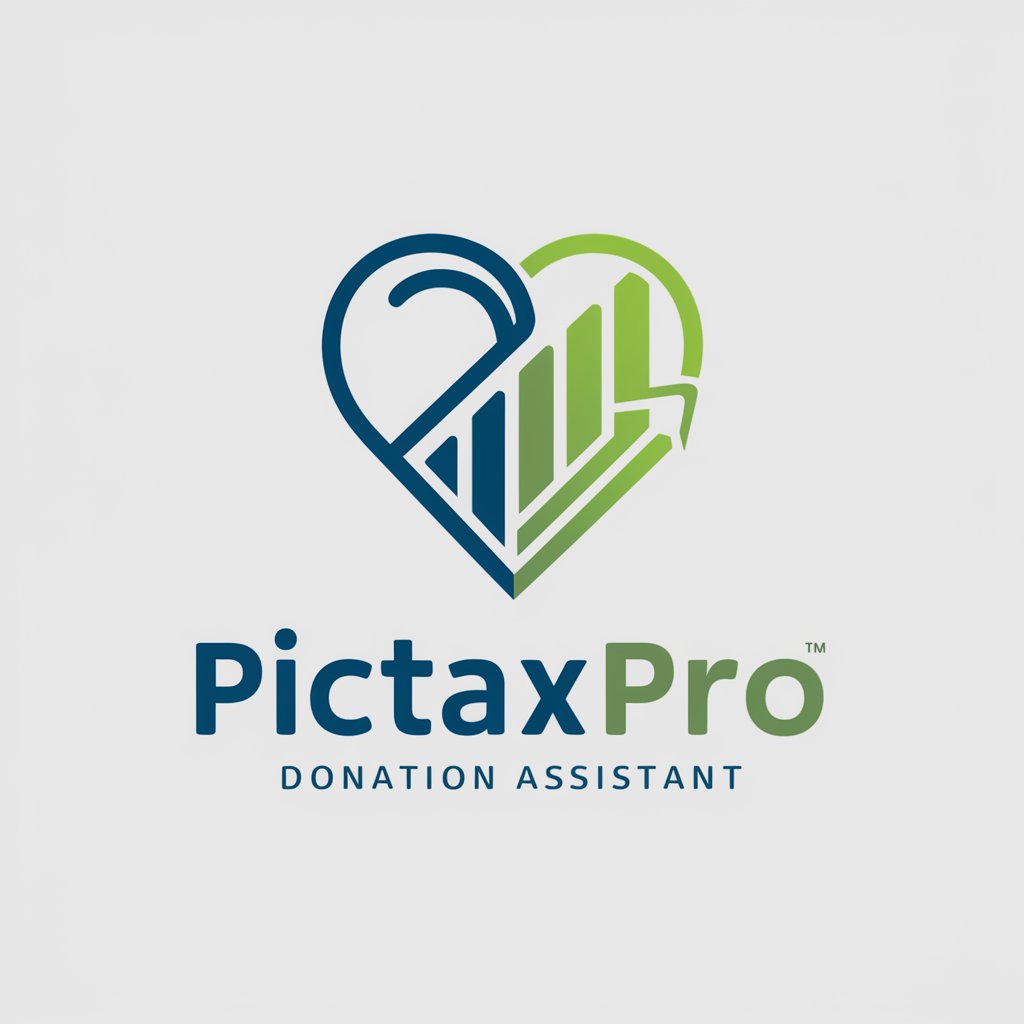
Extraterrestrial
Exploring the cosmos through AI-powered conversations.

GoCarp
Optimize Fishing Content with AI

Mexa error
AI-powered programming and cloud computing assistant.
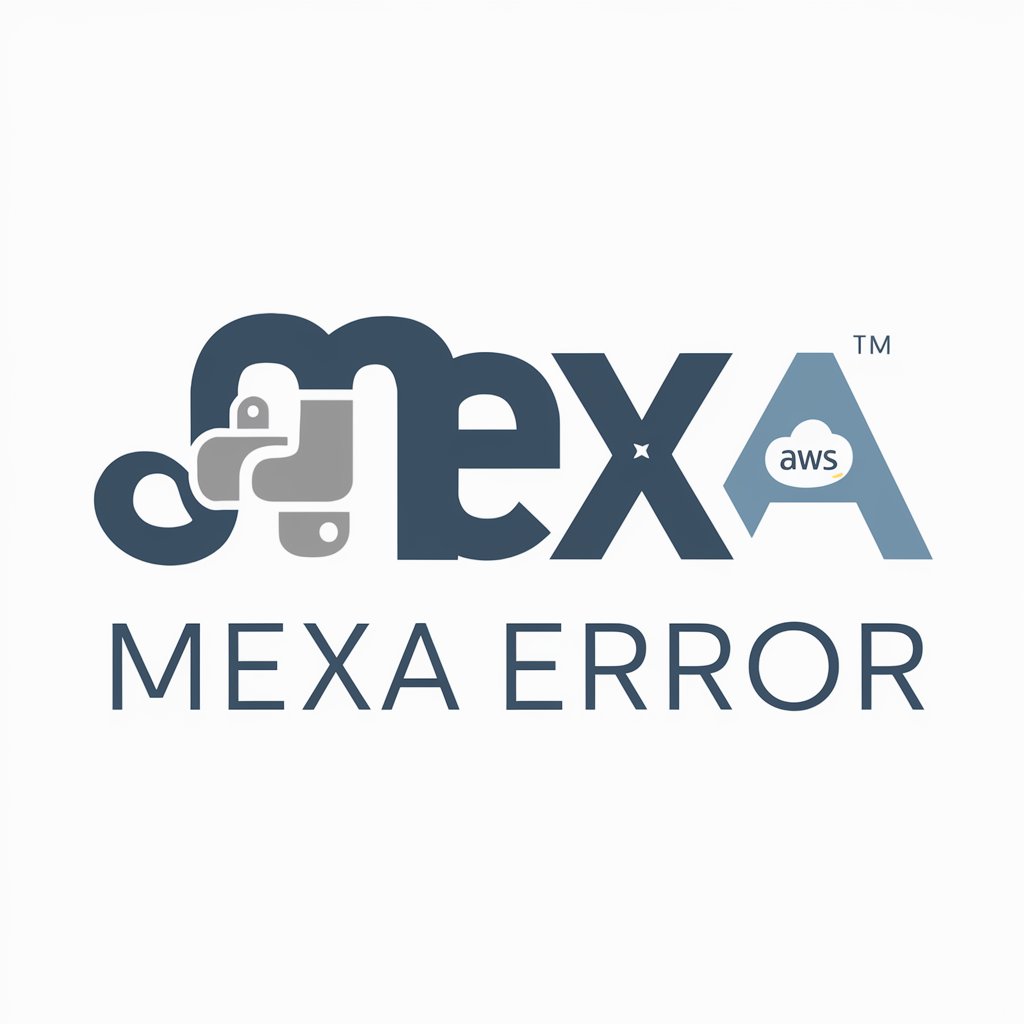
Cool Hunter
Spotting Trends with AI Power

CryptoGPT
Unlocking Cryptocurrency Wisdom with AI
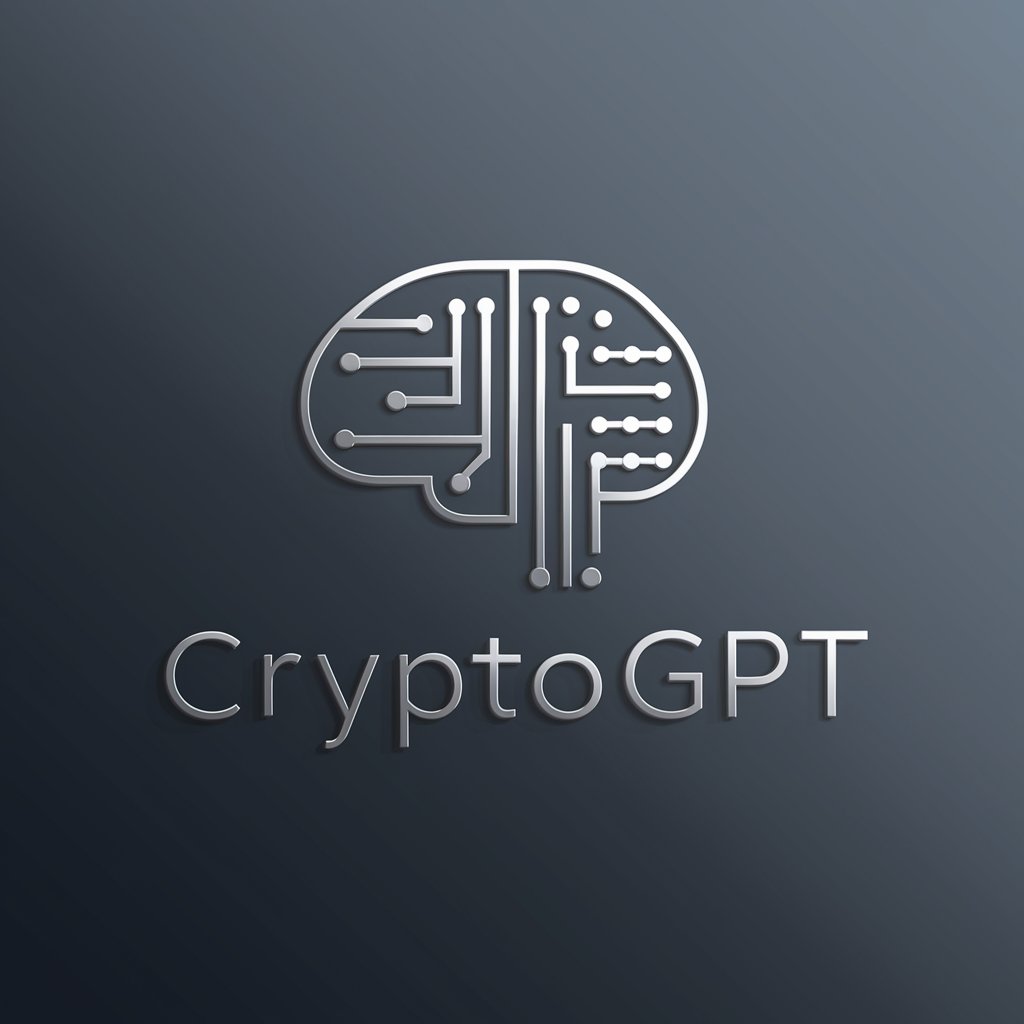
Frequently Asked Questions about ReadMe Architect
What is the primary function of ReadMe Architect?
ReadMe Architect specializes in generating detailed, clear, and engaging README.md files for software projects, focusing on technical accuracy and user-friendly documentation.
Can ReadMe Architect handle projects with complex technical details?
Absolutely. It is designed to analyze and accurately describe complex technical frameworks, dependencies, and setup instructions, ensuring that the documentation meets professional standards.
How does ReadMe Architect ensure the README is accessible to non-technical users?
It employs clear, concise language and explains technical terms, making the documentation easily understandable for both technical and non-technical audiences.
Is it possible to update a README created by ReadMe Architect?
Yes, ReadMe Architect supports continuous updates and integrates new project developments or user feedback to keep the README current and relevant.
Does ReadMe Architect provide support for community engagement features?
Yes, it includes sections for contribution guidelines, code of conduct, and issue reporting methods to foster community engagement and collaboration.
